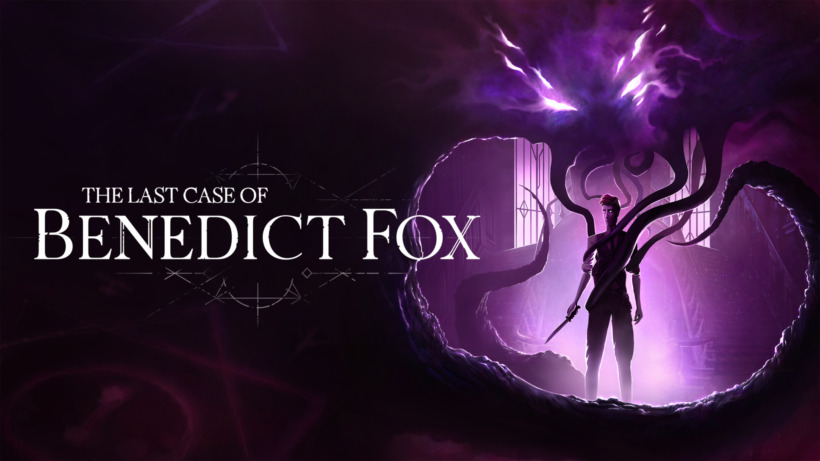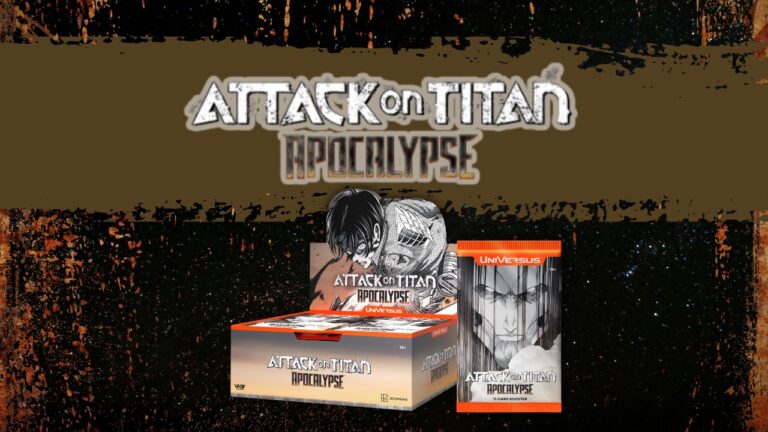These days, Metroidvanias are a dime a dozen. The gameplay style of this genre is pretty typical; explore a 2D world, solve puzzles, unlock weapons and abilities, use them to help with traversal, rinse and repeat. The Last Case of Benedict Fox checks off each box through an enigmatic, beautiful Burton-esque and Lovecraftian aesthetic, but fails to reach the quality of its genre brethren like Hollow Knight or Metroid: Dread. Read on for our The Last Case of Benedict Fox review!
Spoilers ahead.
Macabre Memories
In The Last Case of Benedict Fox, players take control of the titular character, a self-proclaimed detective investigating the death of his own father. Accompanied by a cynical demon he shares his body with merely called the Companion, Benedict uses his weapons, wit, and demon-infused powers to explore the Hell-like landscape called Limbo to uncover his own past and dig deeper into the truth of his father’s death.
Exposition is done through a handful of different avenues, from classic cutscenes to finding collectibles, such as journal entries, records, and notes, scattered throughout the world. The game is a non-linear Metroidvania with an emphasis on exploration, so you will find yourself potentially missing out on some of these notes as you progress through the roughly 12 hour journey. The essential exposition isn’t missable, but background and details can be hard to come across if you’re not looking for them. Luckily, all interactable objects have an obvious twinkle similar to that of older Resident Evil titles that signifies an item. It’s getting to them that can be difficult. The overall quality of the story itself is lacking; oftentimes I was confused about who was who and why there were there, and what my motivation was. Of course, Metroidvanias’ stories will usually take a backseat to gameplay, and old Benny Fox is no different.
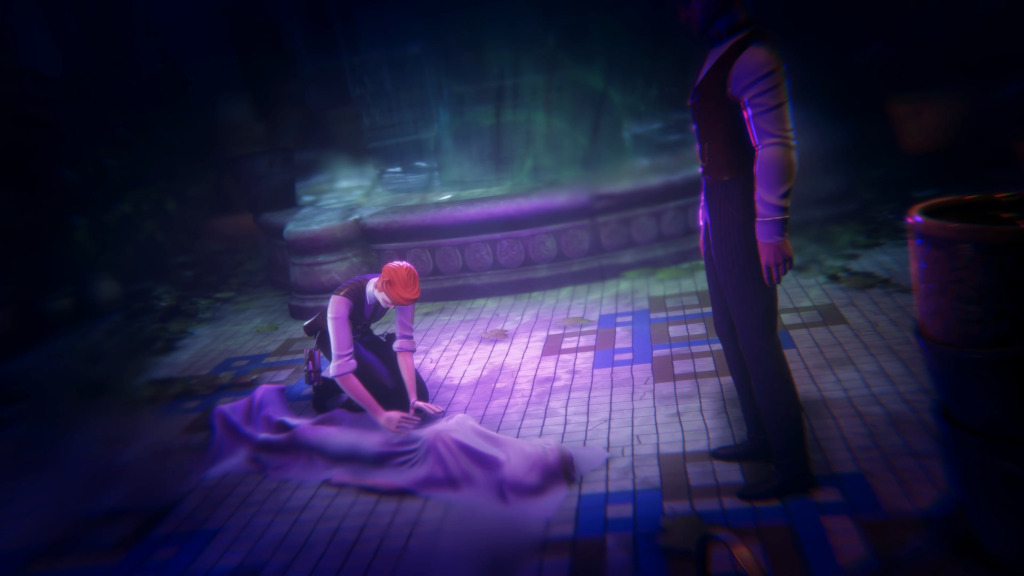
Clunky Combat, Manageable Maneuvering
Intuitive and accessible combat and exploration are the backbone of any great Metroidvania. Unfortunately, The Last Case of Benedict Fox isn’t one. The controls come with a steep learning curve and take some time getting used to. The dodge mechanic is mapped to the right analog stick, which makes for combat that does not flow well with how enemy attack patterns and parry/ dodge windows are designed. Despite the enemies having obvious parry tells, the input lag left me to outright skip or jump over enemies to continue exploring. Missing out on ink, which lets Benedict upgrade and unlock skills, and bits n’ pieces, the game’s currency, by defeating enemies for progression’s sake was more enticing than dealing with the frustration of bad combat. If you die, the set backs aren’t too detrimental to progress; you’re sent back to the mansion, the game’s main hub, and you drop all your ink where you died. Luckily, you can return to that point and pick up the ink to make sure it isn’t totally lost.
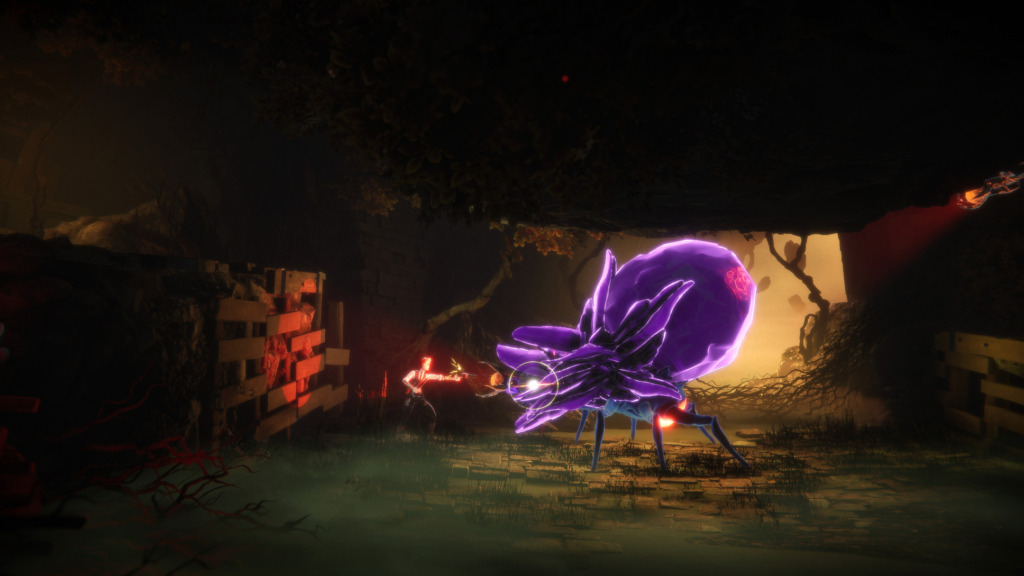
Exploration and traversal are some aspects of The Last Case of Benedict Fox that are done right. Throughout the game’s map are Anchors that serve as fast travel points. Players can travel to an Anchor from anywhere in the map. But there’s a catch: if you use this method, it costs precious ink. I like having this as an option, as it creates more decisions for the player by having them weigh their options, risk/ reward style. This makes getting around Limbo a breeze. The game’s platforming is well designed, too. In the early hours of the game, you unlock a double jump that is powered by the Companion. Pair that with skill-based timed jumps in some sections, and you have quality, clever platforming.
Character progression is done using the aforementioned ink and bits n’ pieces. Ink is earned by defeating enemies and bosses and is used back at the mansion at the tattooist’s table, where you can unlock and improve Companion abilities. Bits n’ pieces are collected through finding the journals and records scattered around Limbo and are used to upgrade Benedict’s equipment; items like Miracle Water which heals him, or the Smoke Bomb which makes Benedict invulnerable for a short time. It’s barebones, but the upgrades are affordable and you’ll probably max out everything by the end of your playthrough.
Puzzles are where the game truly shines. Benedict is a detective, and as such has access to a variety of tools and journals at his disposal to solve them. Be patient, however, as many of them are tricky and require out of the box thinking to solve. For example, you’ll unlock pages of a cypher and have to use it as a reference to solve the Conundrum machine puzzles found across Limbo. If only the combat systems were given as much love as the puzzle solving mechanics.
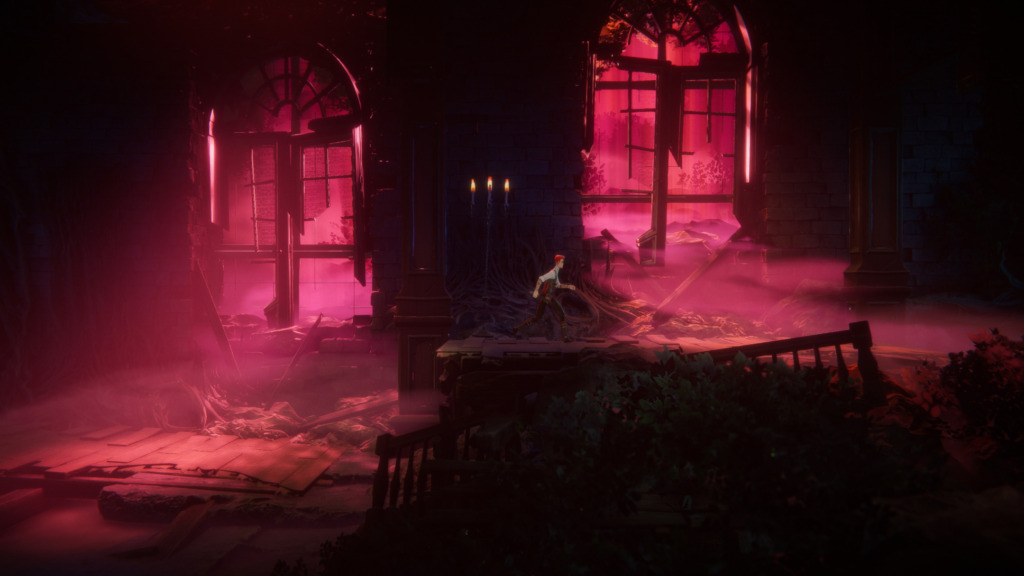
Spooky Sights and Sounds
The Last Case of Benedict Fox sports a very visually-pleasing art style and soundtrack. The Tim Burton and Lovecraftian influences are clear and well-implemented. One gripe I do have, however, is that, despite the gorgeous aesthetic, I often found myself getting lost on screen when the action is happening; it’s easy to lose your character in the busy backgrounds and blending colors. The character model is fairly small as well, and for someone like me with less-than-stellar eyesight, this can be a drag. The music helps to create a mysterious, ghastly atmosphere, especially in Limbo, that really helped with the game’s overall vibe.
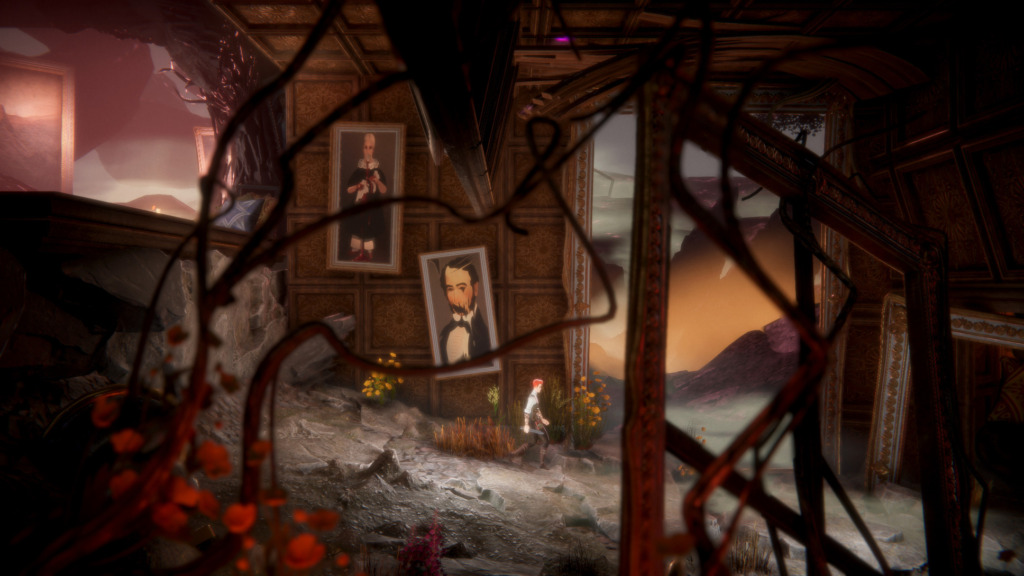
Verdict
The Last Case of Benedict Fox has all the ingredients of a good Metroidvania, but the execution is lacking, resulting in a jumbled mess of dissatisfying combat disguised by its ambitious art style and despite its good platforming sections. I experienced significantly more frustration than fun, and this game’s release is another entry into Xbox’s tumultuous recent release history. The lack of quality Xbox titles despite promises of quarterly bangers is on full display here, but those with a Game Pass subscription and time to kill should check this out if at least for the aesthetic. With the botched release of Redfall just after this, Xbox has a lot of catching up to do.
The Last Case of Benedict Fox is available now on Xbox and PC Game Pass and Steam.
Review code and images provided by Rogue Games, Inc. and Plot Twist.

